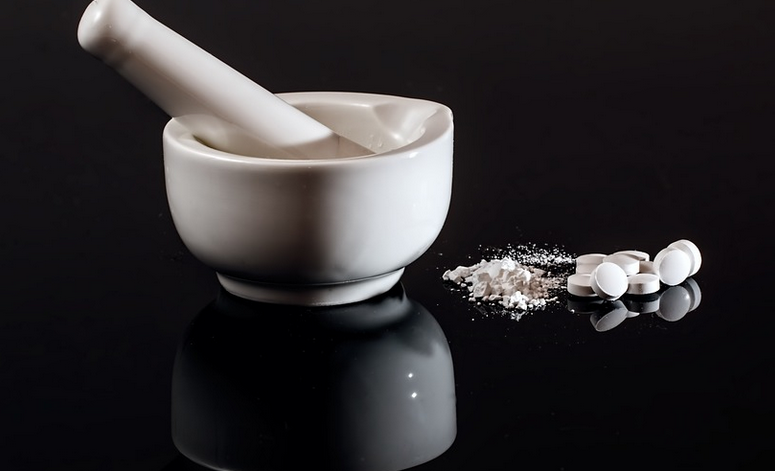Introduction
Chemical peeling is a popular beauty treatment that helps in getting rid of dead skin cells and promoting new skin growth. It involves the application of chemical solutions to the skin, which causes the skin to peel off. While chemical peeling has many benefits, it also has its fair share of side effects that one needs to be aware of.
Common Side Effects of Chemical Peeling
Chemical peeling may cause various side effects depending on the type of peel used, the depth of the peel, and the individual’s skin type. Some of the common side effects include:
1. Redness and Irritation
After the procedure, the skin may appear red and feel irritated. This is a common side effect and usually resolves on its own within a few days.
2. Dryness and Flakiness
The skin may become dry and flaky after a chemical peel. This is because the chemical solution removes the top layer of the skin, which contains dead skin cells. The new skin that grows may take some time to adjust and may appear dry and flaky.
3. Sensitivity to Sunlight
Chemical peeling can make the skin more sensitive to sunlight. It is important to use a sunscreen with a high SPF to protect the skin from the harmful effects of the sun.
4. Hyperpigmentation
In some cases, chemical peeling may cause hyperpigmentation, which is the darkening of the skin. This is more common in individuals with darker skin tones.
5. Scarring
In rare cases, chemical peeling may cause scarring. This is more common in individuals who have a history of keloids or hypertrophic scars.
Preventing Side Effects
While it is impossible to completely eliminate the risk of side effects, there are some steps that can be taken to minimize the risk. These include:
1. Choosing the Right Peel
The type of peel used should be chosen based on the individual’s skin type and the desired results. It is important to consult a dermatologist to determine the best peel for your skin.
2. Following Post-Treatment Instructions
Following the post-treatment instructions provided by the dermatologist is crucial in preventing side effects. This may include avoiding sun exposure, using a gentle cleanser, and applying a moisturizer.
3. Using Sunscreen
Using a sunscreen with a high SPF is important in protecting the skin from the harmful effects of the sun. This is especially important after a chemical peel, as the skin may be more sensitive to sunlight.
Conclusion
Chemical peeling is a popular beauty treatment that has many benefits. However, it is important to be aware of the potential side effects and take steps to prevent them. By choosing the right peel, following post-treatment instructions, and using sunscreen, one can minimize the risk of side effects and enjoy the benefits of chemical peeling.

